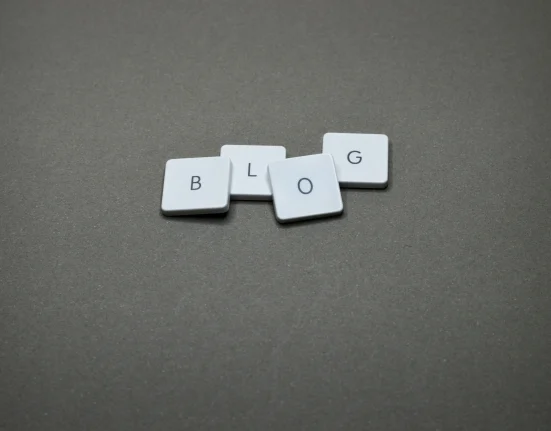The Anatomy of a High-Converting Landing Page
Creating a high-converting landing page is crucial for driving conversions, whether your goal is to generate leads, sell products, or encourage sign-ups. A well-designed landing page focuses on a single objective and removes distractions to guide visitors toward taking a specific action. Here’s a breakdown of the key elements that make up a high-converting landing page:
1. *Clear and Compelling Headline*
– *Purpose*: Grab attention and communicate the value proposition immediately.
– *Best Practices*:
– Keep it concise (under 10 words).
– Focus on the visitor’s benefit, not just features.
– Use action-oriented or emotionally engaging language.
– *Example*: “Double Your Sales in 30 Days with Our Proven Strategy.”
2. *Supporting Subhead line
– *Purpose*: Provide additional context or clarify the headline.
– *Best Practices*:
– Expand on the headline without repeating it.
– Highlight a key benefit or unique selling point (USP).
– *Example*: “Join 10,000+ businesses that have increased revenue using our step-by-step system.”
3. *Engaging Visuals*
– *Purpose*: Capture attention and reinforce your message.
– *Best Practices*:
– Use high-quality images, videos, or graphics.
– Showcase your product or service in action.
– Avoid generic stock photos; opt for authentic visuals.
– *Example*: A short explainer video or a product demo.
4. *Benefit-Oriented Copy*
– *Purpose*: Explain how your offer solves the visitor’s problem.
– *Best Practices*:
– Focus on benefits, not just features.
– Use bullet points for easy readability.
– Address pain points and provide solutions.
– *Example*: “Save 10 hours a week with our automated scheduling tool.”
5. *Strong Call-to-Action (CTA)*
– *Purpose*: Encourage visitors to take the desired action.
– Best Practices:
– Use action-oriented language (e.g., “Get Started,” “Download Now”).
– Make the CTA button stand out with contrasting colors.
– Place CTAs above the fold and throughout the page.
– Example: A bright orange button saying “Claim Your Free Trial.”
6. Social Proof
– *Purpose*: Build trust and credibility.
– *Best Practices*:
– Include testimonials, reviews, or case studies.
– Display logos of well-known clients or partners.
– Show numbers (e.g., “10,000+ Happy Customers”).
– *Example*: “Rated 4.9/5 by 500+ users.”
7. Trust Signals*
– *Purpose*: Reduce friction and alleviate concerns.
– *Best Practices*:
– Display security badges, guarantees, or certifications.
– Offer a money-back guarantee or free trial.
– Include contact information or live chat support.
– *Example*: “100% Risk-Free. Cancel Anytime.”
—
8. Mobile-Friendly Design*
– *Purpose*: Ensure a seamless experience across devices.
– *Best Practices*:
– Use responsive design to adapt to different screen sizes.
– Optimize load speed for mobile users.
– Keep forms short and easy to fill out on small screens.
9. *Minimalistic Layout*
– *Purpose*: Reduce distractions and focus on the CTA.
– *Best Practices*:
– Use plenty of white space to avoid clutter.
– Stick to one primary CTA.
– Remove unnecessary navigation links.
10. *A/B Testing and Optimization*
– *Purpose*: Continuously improve performance.
– *Best Practices*:
– Test different headlines, CTAs, and visuals.
– Analyze metrics like bounce rate, time on page, and conversion rate.
– Use tools like Google Analytics or heatmaps to gather insights.
Example Structure of a High-Converting Landing Page:
1. Header*: Compelling headline and subheadline.
2. Hero Section*: Visual + CTA.
3. Benefits Section*: Bullet points or short paragraphs.
4. Social Proof*: Testimonials or logos.
5. Detailed Explanation*: More in-depth copy or video.
6. Final CTA*: Strong closing call-to-action with trust signals.
By combining these elements and continuously optimizing based on data, you can create a landing page that effectively converts visitors into customers.





Leave feedback about this